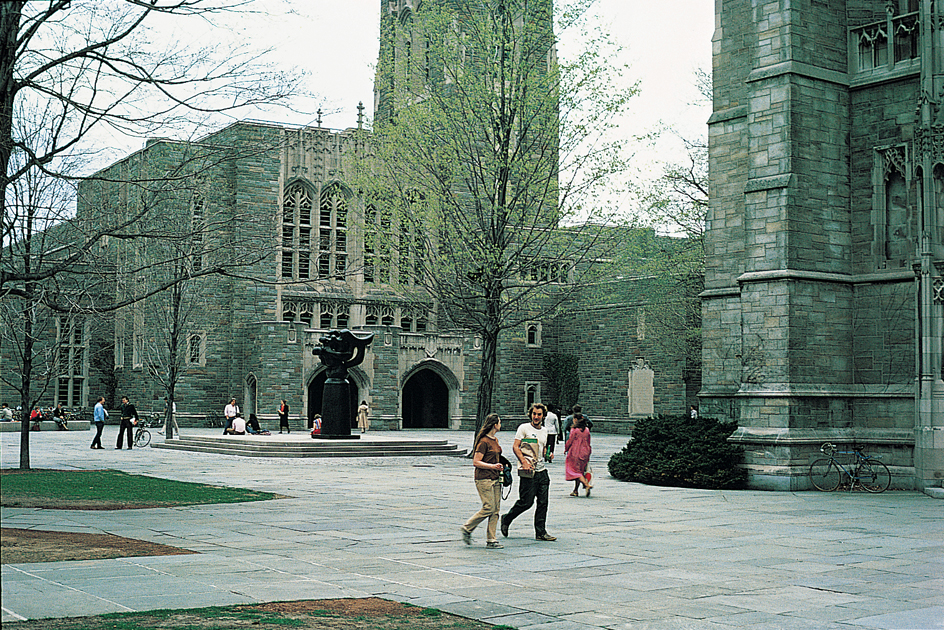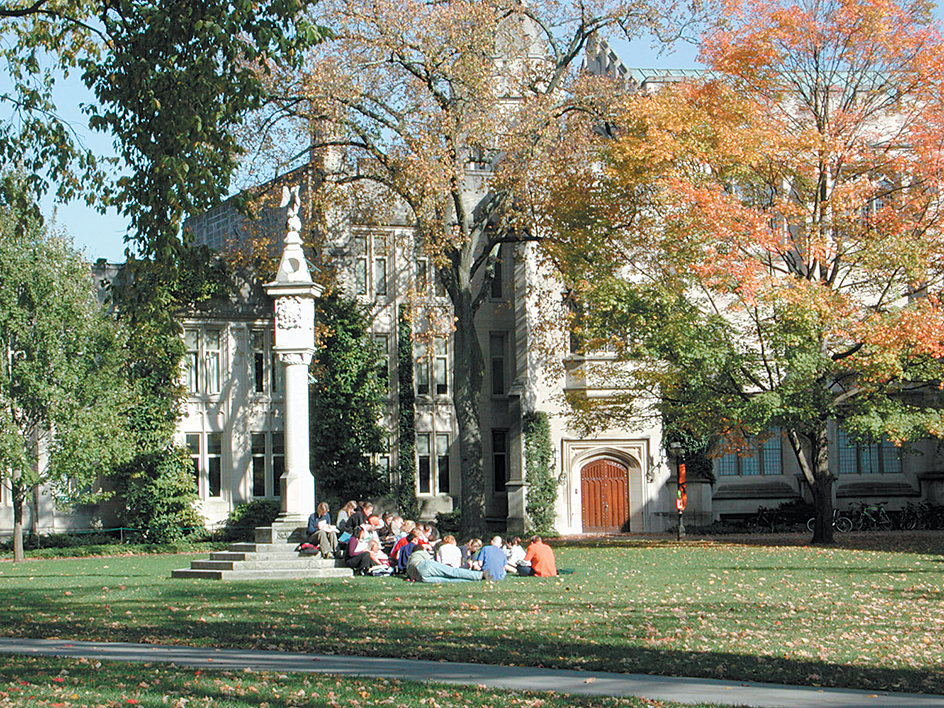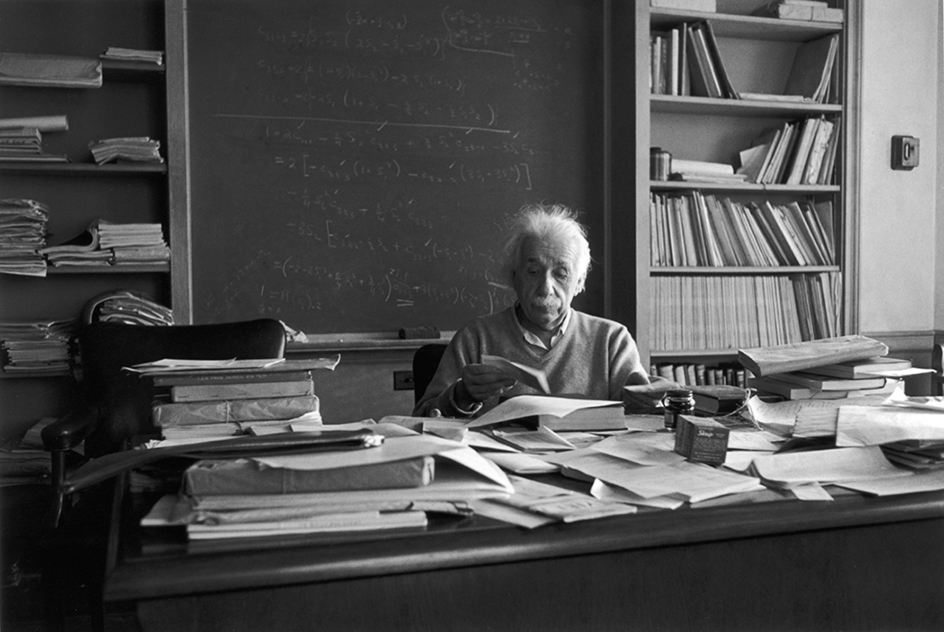Princeton University is a coeducational, private university in Princeton, New Jersey. It is one of the oldest institutions of higher learning in the United States. Princeton provides undergraduate and graduate instruction primarily in architecture, engineering, liberal arts, and sciences. Princeton’s website at https://www.princeton.edu presents information about the university.

Princeton graduates and faculty members have played an important role in United States political history. Richard Stockton, a member of the first Princeton graduating class, and John Witherspoon, an early president of the university, were signers of the Declaration of Independence. One-sixth of the members of the Constitutional Convention studied at Princeton. Presidents James Madison and Woodrow Wilson graduated from Princeton. Wilson headed Princeton from 1902 to 1910. Vice Presidents Aaron Burr and George M. Dallas and several Cabinet members and justices of the Supreme Court of the United States also graduated from the University.
Campus buildings.
Princeton’s administrative offices are in Nassau Hall. Completed in 1756, this building is the oldest on the campus. It was occupied by British and colonial forces during the American Revolution (1775-1783). General George Washington captured the building on Jan. 3, 1777, to end the Battle of Princeton, a turning point in the war. Nassau Hall was the national capitol for four months in 1783, when the Congress of the Confederation met there.

Cleveland Tower honors U.S. President Grover Cleveland, who was a trustee of Princeton. The university library system includes many specialized libraries and has collections that range from Egyptian papyri and Babylonian cylinder seals to the papers of the American author F. Scott Fitzgerald.
The Plasma Physics Laboratory and the Geophysical Fluid Dynamics Laboratory are on the James Forrestal campus, about 3 miles (5 kilometers) from the main campus.
Educational program.
The undergraduate plan of study includes the preceptorial system, in which students meet in small groups called precepts to discuss course topics and readings. Students acquire broad knowledge in their underclass years. In their upperclass years, they engage in a specific field or interdepartmental program.
History.
Princeton University was founded in 1746 as a college for men. At that time, it was called the College of New Jersey. The college received its charter from George II of England. It was originally sponsored by the Presbyterian Church, but it was one of the first colleges in the United States to admit students of all faiths. The first classes were held in 1747 in Elizabeth, New Jersey. The students met in the home of Jonathan Dickinson, a Presbyterian minister who served as the college’s first president. The college moved to Newark in 1748, and to Princeton in 1756. It was renamed Princeton University in 1896. In 1969, Princeton became coeducational.

During the 1960’s and 1970’s, the university built an architecture hall, a computer center, a manuscript library, a center for music, and 10 dormitories. The Tokamak Fusion Test Reactor at the Plasma Physics Laboratory opened in 1982 and operated until 1997. A new fusion device called the National Spherical Torus Experiment opened in 1999.
